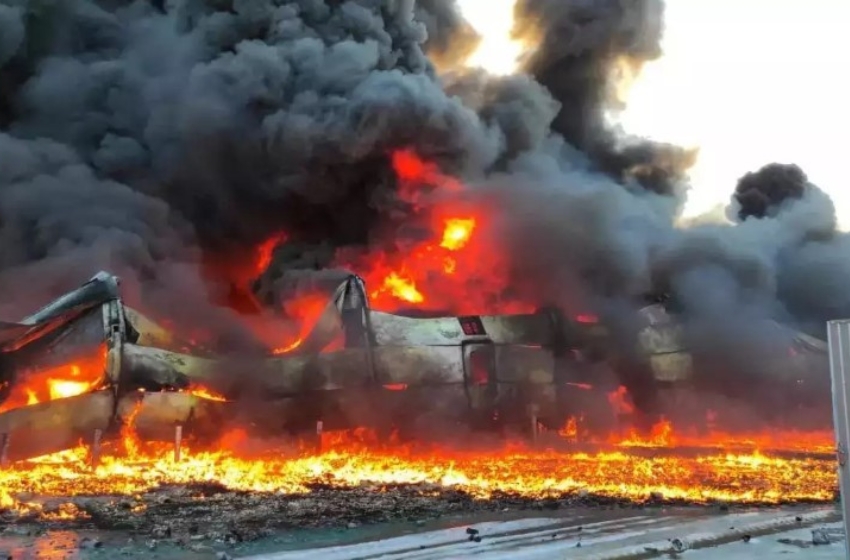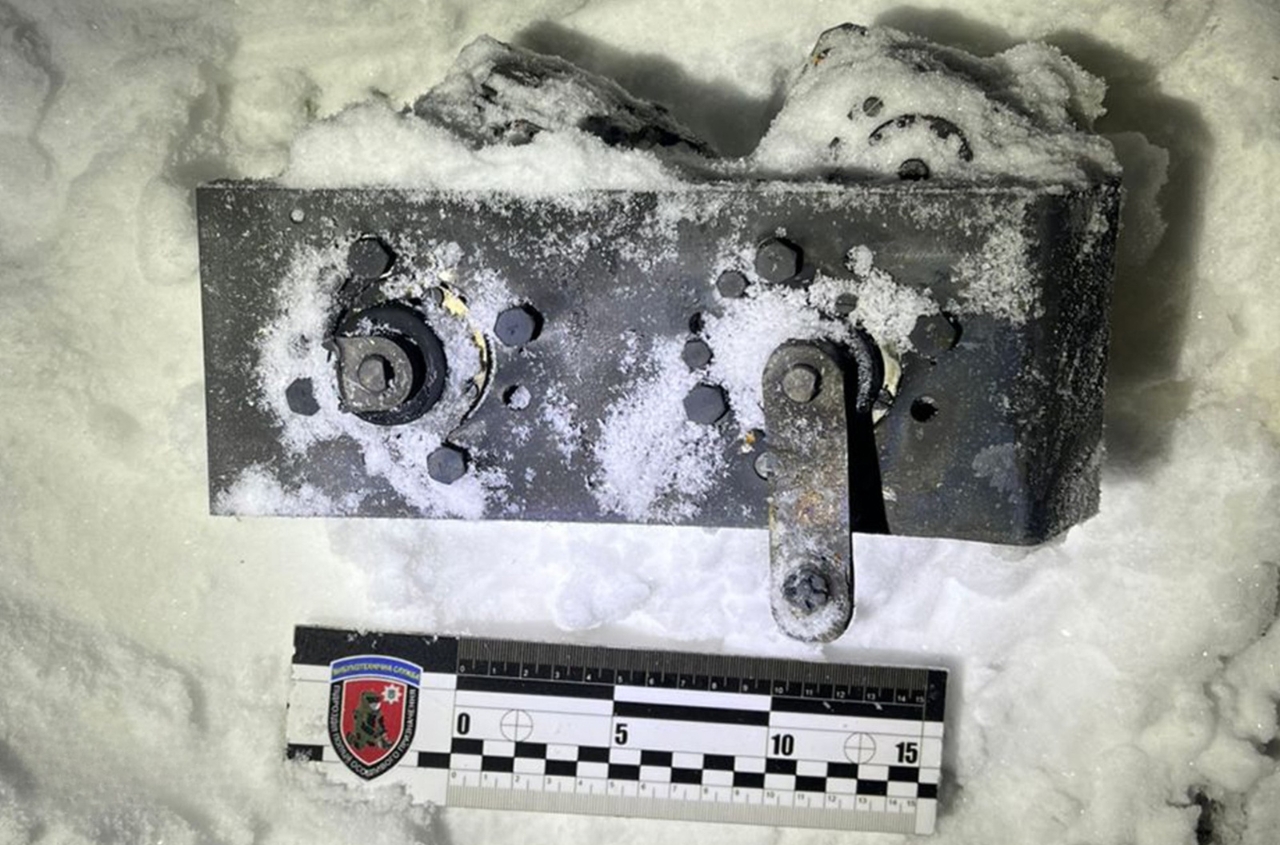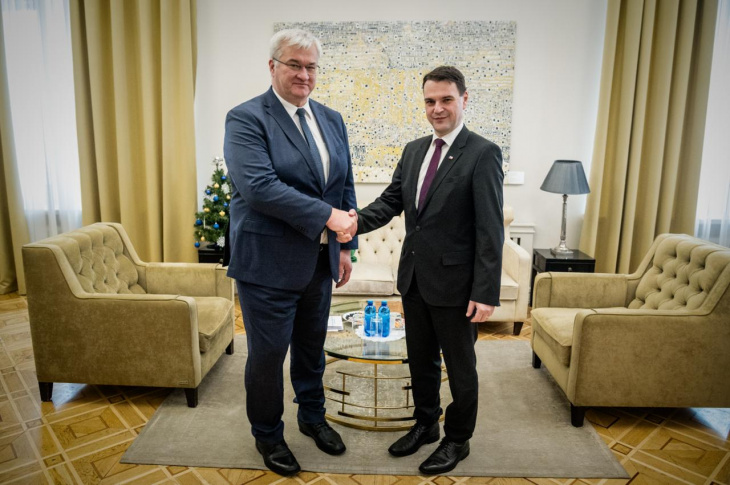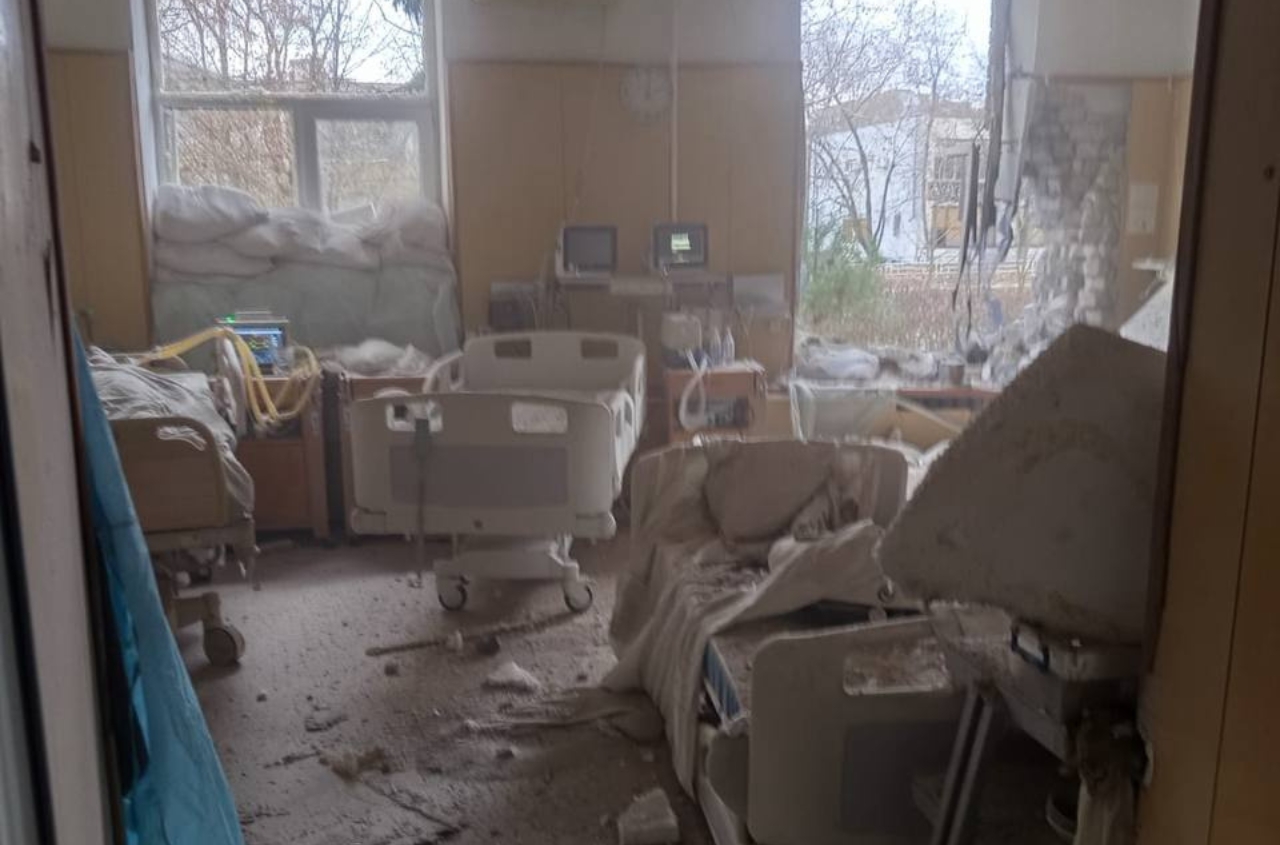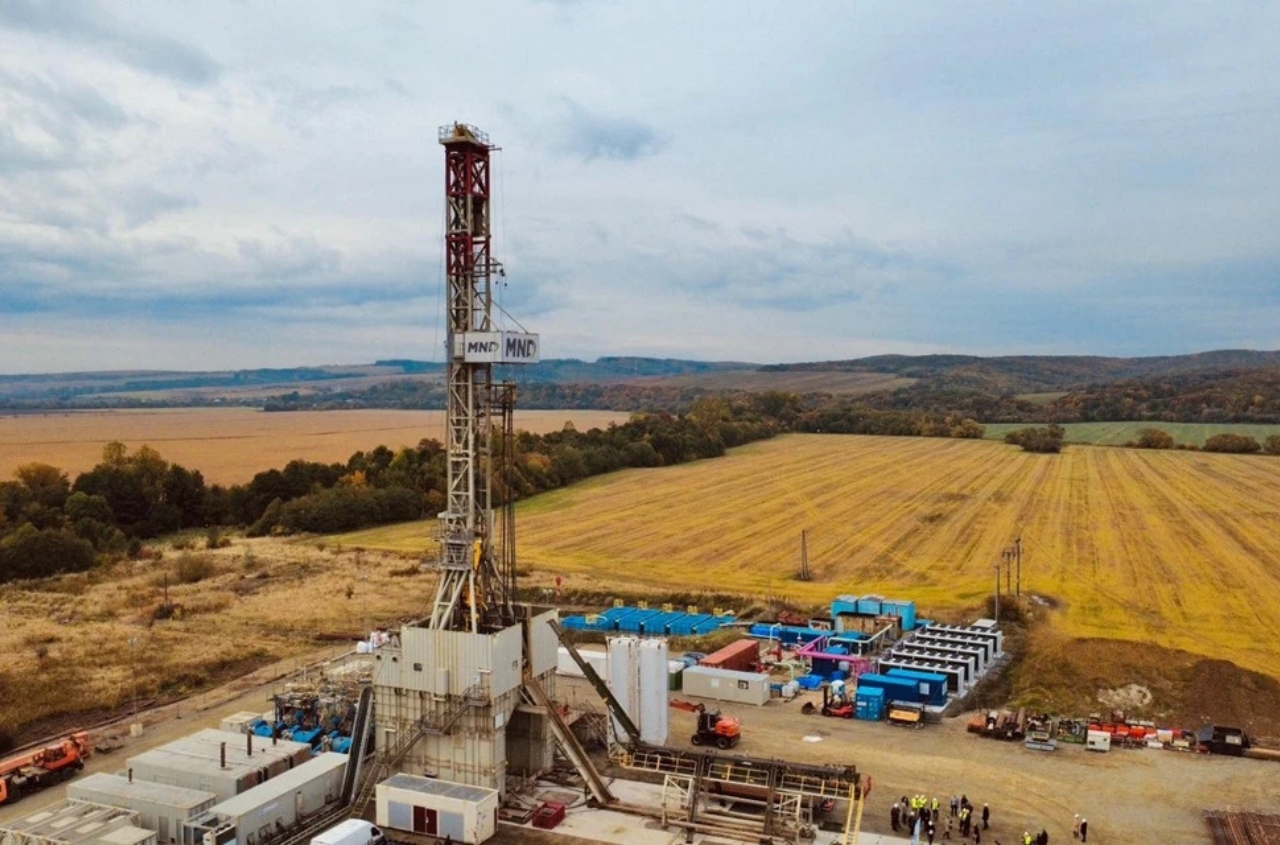During the Christmas-New Year period, the air war has sharply escalated, raising questions about Ukraine's need for a new strategy and overcoming the disparity with Russia in the air. This was discussed at the Kyiv Security Forum.
At the end of the previous year and the beginning of the current one, the enemy launched massive attacks across Ukraine. In addition to the quantity of airborne assets (which became the largest on 29.12.23 throughout the entire war), notable aspects include the combination of strikes with various weapons and the extensive use of ballistic missiles.
The most crucial points in the tactics of the Russians include:
• Depletion of Ukrainian air defense due to accelerated expenditure of anti-aircraft missiles has been observed, particularly with the impact of high-speed Russian missiles such as "Kinjal," "Iskander-M," S-300/400, and Kh-22. Ukraine may expend three or more anti-missiles for each of these. Simultaneous launches of 5 or even 10 "Kinjal" missiles have occurred.
• The strategy includes "overwhelming" Ukraine's air defense to exhaust and physically destroy it. During recent mass strikes, the enemy also launched several Kh-31P missiles, specialized for targeting air defense systems with radars (from tactical "Gepards" to Patriots), posing challenges due to supersonic speed. The effectiveness of these launches is currently unknown.
• Numerous high-speed missiles have been launched at targets beyond Kyiv, creating a problem as modern missile defense systems are concentrated on protecting the capital. The short flight time (2-5 minutes) of these hostile missiles in cities like Kharkiv, Zaporizhia, Kryvyi Rih, and Dnipro poses a critical challenge; Ukrainian air defense systems may not react in time, especially with the additional threat of slow-moving "Shahed" missiles.
• The efficacy of Russian strikes is ambiguous. Open sources reveal instances where Russian missiles exploded on the ground in residential and undeveloped areas, causing damage disproportionate to the missile's value. This could be due to missile malfunctions, successful interception, or intentional terrorism against the civilian population. Regardless, the main consequence of Russian attacks has been the depletion of Ukrainian air defense rather than the destruction of specific targets.
Another trend is the accelerated modernization of Russian air weaponry, covering long-range missiles, drones, and tactical assets:
• Many "Kinzhal" missiles have been deployed, along with an unknown type of ballistic missile, possibly of North Korean origin.
• The cruise missiles Kh-101 now feature a counter-air defense system and likely a new navigation system.
• Reports suggest the introduction of a jet-powered version of "Shahed."
• It is claimed that "Lancets" and FPV drones are incorporating elements of artificial intelligence.
Ukrainian military and defense industries must rapidly adapt to these new threats.
In turn, Ukraine has carried out a series of aerial counterattacks:
• For the first time since summer, mass drone strikes (over 30 UAVs in a wave) targeting objects in Russia and the occupied Crimea.
• Strikes with Soviet and Ukrainian MLRS rockets against military targets in the Belgorod region.
• Successful pinpoint strikes on Crimea and occupied areas of Donetsk using Western cruise missiles.
It is noteworthy that, on the one hand, shifting the war to the aggressor's territory should be a key element of Ukraine's new military strategy, as often discussed by Western experts. Such a shift is impossible without massive aerial strikes and aerospace reconnaissance.
On the other hand, Ukraine must significantly increase the production of its own air and anti-aircraft weapons: strike and anti-aircraft missiles, drones of all types, radar systems, and electronic warfare tools. This is necessary both for targeting objectives in Russia and compensating for delays in receiving Western weapons.
Incidentally, the spokesperson for the Ukrainian Air Force recently emphasized that it is impossible to intercept all S-300 missiles launched by Russians at Kharkiv. Instead, the focus should be on destroying the corresponding launchers on Russian territory (which is currently prohibited to hit with Western missiles).
Thus, mass strikes on military targets in Russia should not be a forced and pompous "response" to shelling Ukrainian cities but rather a proactive tactic regularly employed by Ukraine. Accordingly, the government and defense industry must develop an increasingly modern arsenal of strike capabilities for such attacks.









